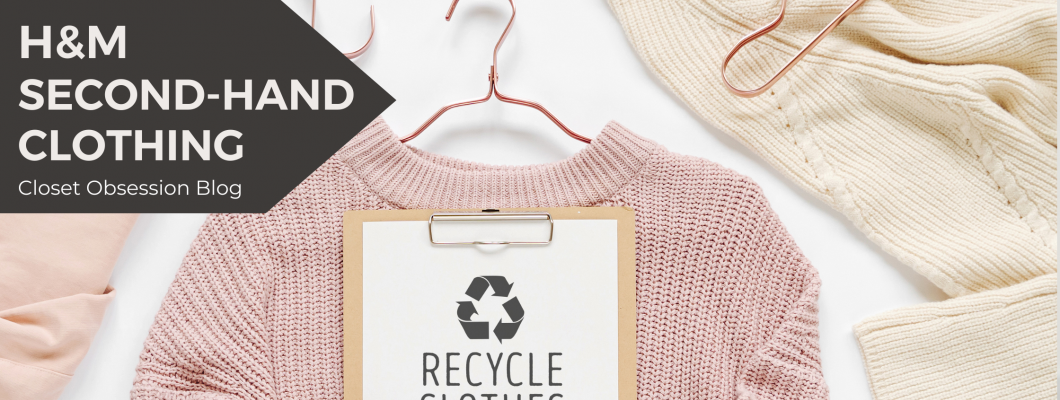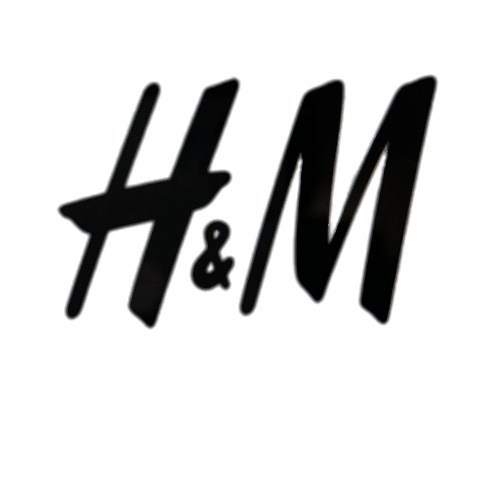
H&M
Company History
Hennes & Mauritz, better known as H&M, is a fashion retailer that is well known for offering fashion-forward, contemporary designs at reasonable prices. H&M was founded as a women’s clothing store by Erling Persson in Sweden in 1947, and since then the H&M Group has steadily expanded to become a global leader in 74 countries. Aside from the core H&M brand, the H&M Group also owns seven other brands. As of September 2021, H&M brands have nearly 5000 stores worldwide and a sizable e-commerce presence.
H&M is known for fast fashion that welcomes a range of customers and allows them to express their own personal style with clothing and accessories to suit any occasion, from a formal party to a workout. No matter what you’re looking for, H&M is likely to have something for you!
Brand Profile
Although the original store featured only women’s clothing, H&M now sells men’s, women’s, and children’s clothing, along with shoes and accessories. H&M sells home furnishings marketed under the brand H&M Home, launched in 2009. The H&M Group also owns several other clothing brands including Monki, Weekday, ARKET, and COS.
H&M is well-known for its fashionable looks that mirror trendy designer pieces, but the company also produces a line of staples under the label H&M Basics, along with office-ready fashion called H&M Modern Classics. Meanwhile, H&M Premium Selection items are available in high-quality fabrics such as linen and cashmere, with correspondingly higher price tags.
Products
H&M may have a reputation for marketing toward young, trendy people, but the store actually has fashions that can appeal to almost any age or occasion. They also offer inclusive sizing from XS to 4XL, as well as petites and maternity wear.
Because H&M offers a wide range of products, they don’t have just one signature piece or style. Instead, consumers have a variety of choices that range from a sparkly silver jumpsuit to a plain black t-shirt and everything in between. Aside from wardrobe staples and loungewear, the H&M brand is also associated with party dresses and distinctive outerwear.
H&M regularly partners with well-known designers including Karl Lagerfeld and Stella McCartney to produce limited collections. The collaborations serve to boost H&M’s profile to a wider fan base, while also making designer looks accessible to people who couldn’t otherwise afford them.
Sustainability & Transparency
The fast fashion industry overall has a well-deserved reputation for being environmentally harmful, as clothes are produced as cheaply as possible and in volumes that make the pieces seem almost disposable. However, as consumers demand more sustainable and ethical practices from retailers, H&M has stepped ahead of its peers as an industry leader in sustainability efforts and transparency.
The US alone produces over 17 million tons of textile waste per year, an amount that has doubled in the last 20 years. The fast fashion industry is a significant contributor to that waste, not to mention the environmental damage caused by unsustainable manufacturing processing.
In 2013, H&M launched a major initiative to implement a garment collection program across all of its stores worldwide. The garment collection program at H&M accepts any textiles in any condition and offers customers a discount voucher in exchange for their used items. Those garments are then processed by textile recycling company I: CO with a goal of creating a zero-waste textile industry.
In 2015, the H&M Foundation launched the Global Change Award (GCA). This award supports innovative thinkers who submit their ideas for making the fashion industry more environmentally friendly. Each year six recipients receive a grant and participate in a one-year Innovation Accelerator Program.
H&M has also set a goal of using 100% recycled or otherwise sustainably sourced materials by 2030. H&M’s Conscious line features sustainably produced basics from ethical factories. At least 50% of a Conscious piece’s contents are sustainable materials such as recycled fibers or organic cotton.
H&M also strives for transparency about its suppliers and their practices. The H&M Group was the first global fashion retailer to publish a full supplier list in 2013, and in 2021 H&M scored among the top companies in the Fashion Transparency Index.
By buying H&M fashions used, you can benefit yourself and the earth in several ways. First, buying used H&M clothing saves you money compared to the full retail price. You’ll be extending the product’s life cycle and keeping it out of a landfill.
You can feel good about participating in the secondhand clothing economy, both for fiscal and environmental reasons. And since you will be getting the clothes cheaper and keeping them in use, you might feel motivated to take a risk on different styles or trends that you wouldn’t have otherwise tried!
References
https://hmgroup.com/about-us/history/
https://www.ecofriendlyhabits.com/textile-and-fashion-waste-statistics/
https://en.wikipedia.org/wiki/H%26M
https://www2.hm.com/en_us/women/campaigns/16r-garment-collecting.html
https://hmgroup.com/news/hm-group-amongst-highest-scoring-brands-in-transparency-index-2021/
https://www.thebalancesmb.com/i-co-provides-fashion-recycling-options-2877813
https://www.thegoodtrade.com/features/is-it-okay-to-buy-secondhand-fast-fashion
https://www.whowhatwear.com/most-popular-hm-items/slide9



















Leave a Comment